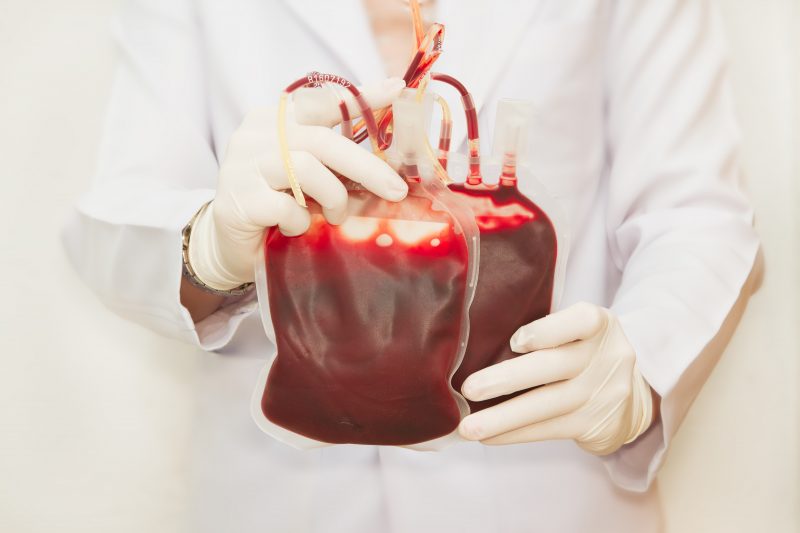If you think blood rejuvenation therapy sounds like something out of a science fiction novel, wait until you hear how scientists validated its possibility and effectiveness.
Through a rather bizarre procedure, scientists have been able to verify that the blood of young mice effectively reversed the effects of aging in older mice by creating incisions in the flesh of the mice and then suturing them together. There, blood vessels fuse together to form a singular circulatory system. For the older mouse, the procedure improves the ability to repair muscle injuries, invigorate stem cells and repair damaged tissue.
The older mice in this scenario grew more new connections between nerve cells in their brains than those connected to other elderly mice. Senior mice invigorated by this access to young blood were also able to produce proteins associated with neuroplasticity—the brain’s ability to change throughout life.
The procedure, known as parabiosis, is obviously not something that can be done with human subjects. However, it does offer some evidence that regular blood transfusions of young blood into older subjects could have remarkably beneficial effects for antiaging science. That said, availability of blood not being used in surgeries or other emergencies means any study into this possibility is likely to be limited.

Benefits of Young Blood
The cleansing of old blood is not exactly a new idea. Blood does not necessarily age, however, the organs which filter and circulate it do, having knock on effects for the quality of our blood.
Down the ages, humans have speculated that removing bad blood could have health benefits. Bloodletting was a common practice for many years, so much so that leeches are now considered a medical device by the Food and Drug Administration.
But the benefits of inputting young blood into an older person is only now becoming clear with research. A Harvard study published in the journal Science suggests that injections of a signaling protein called GDF11 can lead to the rejuvenation of muscles and strength. Benefits of GDF11 include the reversal of heart enlargement as well as antiaging effects on the brain.
This leads researchers to believe that GDF11 could be used in the creation of therapies that target age related conditions such as neurodegeneration, muscle weakness and heart disease. Additionally, the young blood counteracts inflammation and therefore has antiaging effects that could play a role in addressing Alzheimer’s disease.

The benefit may not be in the actual blood, rather it’s the young blood’s plasma that makes it effective. In a study published in the journal Nature Medicine, researchers injected old mice with blood plasma from younger mice. Plasma is the yellowish liquid base of blood in which proteins and other solids are contained. Mice which received plasma transfers showed improved memory and problem-solving ability.
The Importance of Blood Stem Cells
In our younger years, stem cells in our blood produce a well-balanced number of red and white blood cells based on the body’s needs. With age, however, the capacity of blood stem cells to produce what’s needed declines.

This has significant consequences as it can lead to stem cell production imbalances. One thing researchers are looking to do is use the stem cells a person already has, but reprogram them to perform as if they were younger.
A study from Lund University in Sweden examined this and published the results in the journal Nature Communications. During initial stages, researchers sought to genetically mark old blood stem cells, a process that would enable the identification and tracking of those most affected by age.
The traceable cells were then reprogrammed to become other types of stem cells — known as induced pluripotent stem cells (iPS), which can generate all different types of cells in the body. The reprogrammed iPS cells resulted in the formation of new blood stem cells.
While all of this research is exciting, it’s also got a long way to go before parabiosis or treatments capable of mimicking it can be a regular treatment for humans. As a paper published in the journal Transfusion Medicine and Hemotherapy concluded:
“The recent discoveries of tissue rejuvenation related to transfer of blood from young donors do potentially open completely new and science-fiction-like treatment and enhancement options. If real, it will totally change medicine, sparking a new zenith for immune pathology and giving new meaning to ‘bloodletting’. It is yet far too early to say whether parabiosis will actually work or whether it is just another hype and too early to foresee how parabiosis will move from bench to bed.”
